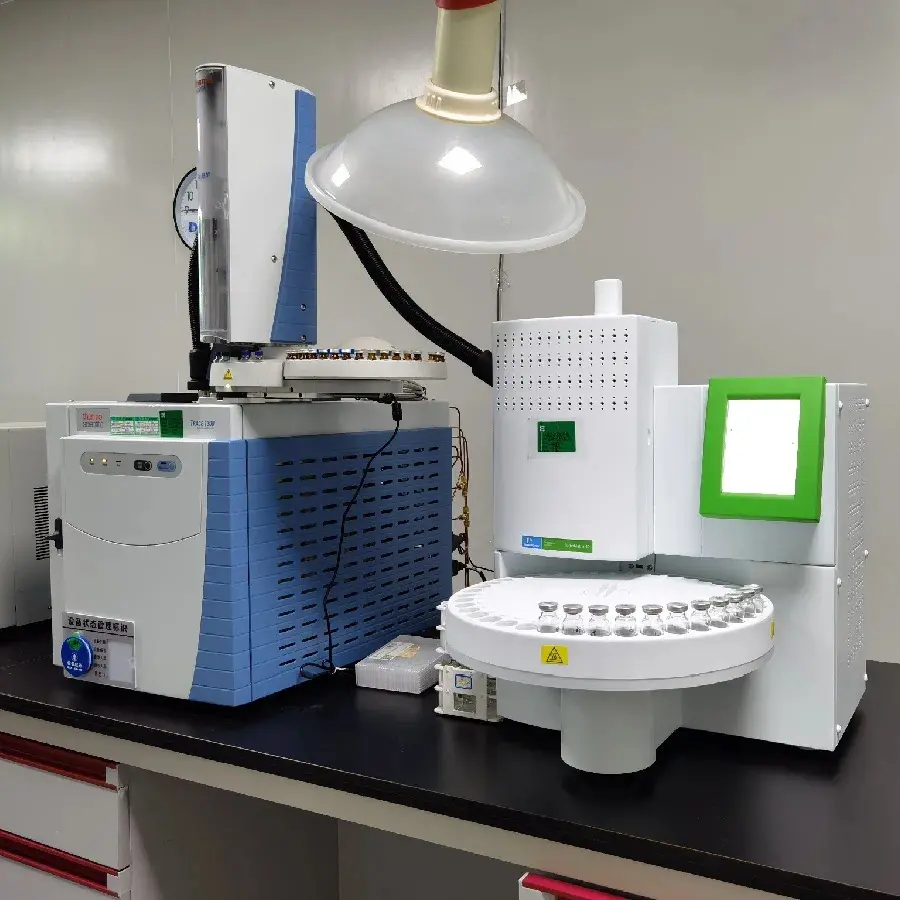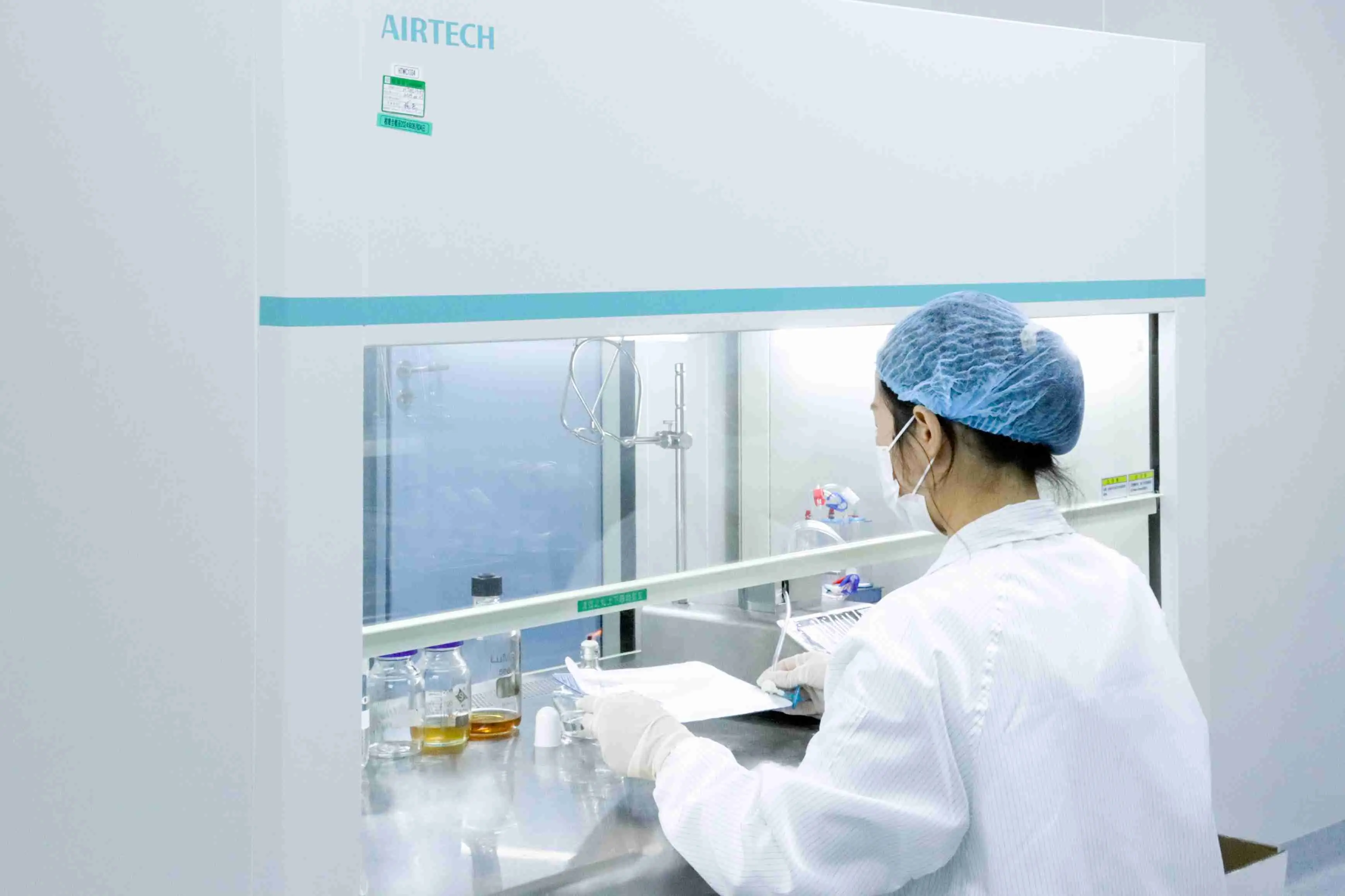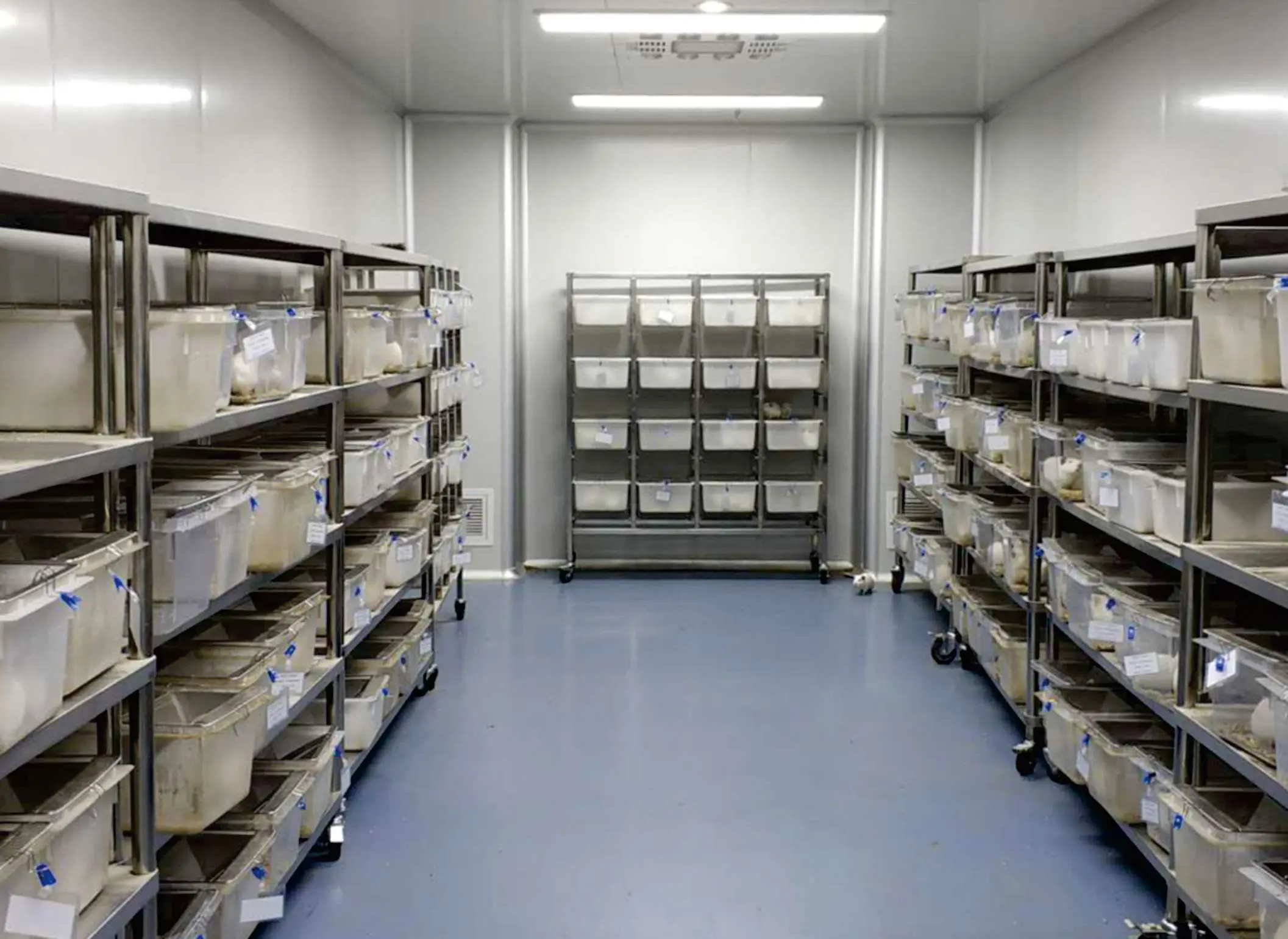
What is USP Class VI for Raw Materials?
In many medical devices, plastic raw materials are commonly used, and suppliers provide relevant certifications that comply with biocompatibility standards, among which USP Class VI declarations are frequently seen. But what does it mean?
Definition and Requirements of USP Class VI
According to the definition provided by the United States Pharmacopeia (USP) / National Formulary (NF), the USP-NF is edited and published by The United States Pharmacopeial Convention, a U.S. government-affiliated organization. The first edition of the USP was published in 1820, and it is updated annually, with the 37th edition released in 2013. The first edition of the NF was published in 1883, and since the 15th edition in 1980, it has been incorporated into the USP, with the USP content at the front and NF at the back. For drugs and related products manufactured and sold in the United States, USP-NF is the only legally binding standard enforced by the FDA. Moreover, for specifications necessary for pharmaceutical production and quality control, such as tests, procedures, and qualification standards, USP-NF can serve as a clear step-by-step operational guide.
The U.S. Pharmacopeial Convention (USP) is a non-profit organization dedicated to setting standards for medicines, food ingredients, dietary supplements, and healthcare technologies. USP publishes biocompatibility protocols for plastics and polymers used in medical devices or surgical equipment that may come into contact with human tissues.
USP grade testing is one of the most commonly used methods to determine the biocompatibility of materials. There are six grades, and Class VI is the most stringent. Class VI testing is designed to demonstrate that no harmful reactions or long-term bodily effects result from chemicals leaching from plastic materials. The standards for USP grade testing are established by the United States Pharmacopeia and National Formulary (USP-NF), the organizations responsible for ensuring the quality and safety of medical devices and food. These tests are often performed on plastic materials that come into contact with fluids used in drug injection and other steps in the drug manufacturing process.
Table 1: USP Grade Testing Endpoints
Test Extract USP Class
I II III IV V VI
Acute systemic toxicity Sodium chloride (IV) × × × × × ×
Alcohol saline (IV) × × × × × ×
Polyethylene glycol (IP) × × × × × ×
Vegetable oil (IP) × × × × × ×
Intracutaneous test Sodium chloride (IV) × × × × × ×
Alcohol saline (IV) × × × × × ×
Polyethylene glycol (IP) × × × × × ×
Vegetable oil (IP) × × × × × ×
Implantation test NA
(Note: × indicates applicable cases.)
USP Class VI testing is conducted by preparing extracts from the product using various extraction fluids (such as polyethylene glycol and vegetable oil) and injecting them into in vivo specimens (rabbits and mice) to observe the biological response to the extracts.
In addition to passing these three tests to prove its low toxicity, the material will also undergo multiple temperature evaluations over a set period. Materials that meet USP Class VI are typically of a higher quality and more readily accepted by the FDA and USDA, as they are considered to significantly reduce the risk of harmful reactions from toxic materials to patients.
Why Should Medical Plastic Products Meet USP Class VI?
Due to its low toxicity compliance and strict biocompatibility standards, graded testing is often required in pharmaceutical manufacturing. It is important to know whether harmful chemicals will be leached into the fluid delivered when fluids contact the surface. Class VI testing thoroughly investigates reactions in the body, skin, and live tissues to ensure safety. USP Class VI is a common standard for pharmaceutical tubing, connectors, single-use systems, and manufacturing components.
Regarding the characteristics and applications of USP Class VI products, for a product to meet the USP Class VI standard, it must pass all the testing requirements, showing an extremely low level of toxicity. Whether it is necessary to comply with USP Class VI is often determined by the end user's requirements. USP Class VI elastomers are mainly used in process equipment for the biopharmaceutical industry, such as sanitary diaphragm valve diaphragms, single-use process equipment components like silicone tubing and C-flex tubing, plastic connectors, single-use bags, sanitary pump O-rings, and sealing materials, as well as sanitary Tri-Clamp gaskets. The elastomer materials for sanitary hose assemblies, O-rings, sanitary gaskets, and seals are primarily EPDM (Ethylene Propylene Diene Monomer), SILICONE (silicone rubber), FKM (fluoroelastomer), and PTFE (Polytetrafluoroethylene).
However, USP Class VI testing is just one standard of biocompatibility. While not a limited series of tests, certain biocompatibility requirements for medical devices may exceed the tests performed under USP Class VI. A more rigorous standard for biological evaluation of medical devices is ISO-10993 and GB/T 16886.
ISO-10993 and GB/T 16886 are standards that utilize systemic toxicity and intracutaneous reactivity tests. However, they also include additional tests such as cytotoxicity, genotoxicity, chronic toxicity, and hemocompatibility testing, along with more involved systemic toxicity evaluations.
Email:hello@jjrlab.com
Write your message here and send it to us
 When Can FCC ID Modifications Be Filed?
When Can FCC ID Modifications Be Filed?
 LoRa Certification Testing Laboratory
LoRa Certification Testing Laboratory
 Blood Pressure Monitor Certification Testing Servi
Blood Pressure Monitor Certification Testing Servi
 ECG Device Certification Testing
ECG Device Certification Testing
 Pulse Oximeter Certification and Testing Standards
Pulse Oximeter Certification and Testing Standards
 IVD Medical Device GB 4793:2024 Test Report
IVD Medical Device GB 4793:2024 Test Report
 IECEE CBTL Testing Laboratory for IVD Medical Devi
IECEE CBTL Testing Laboratory for IVD Medical Devi
 China OECD GLP-Certified Laboratory
China OECD GLP-Certified Laboratory
Leave us a message
24-hour online customer service at any time to respond, so that you worry!




